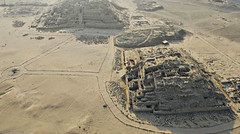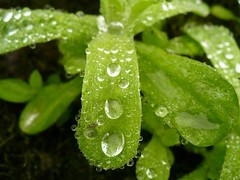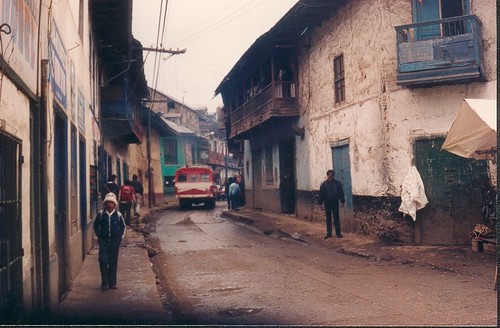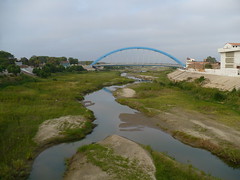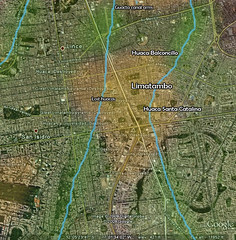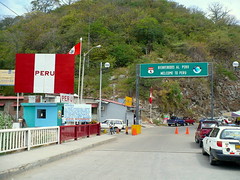Arequipa is not all canyons and volcanoes, it has beaches too!
This Arequipa leaves behind its snow, its dormant volcanoes and its colonial splendour. It is more humble, much warmer and lets the sea bathe its naked shores that are still untouched by modern man – privilege of few places. Welcome to the beaches of Caravelí, among them, Puerto Inka.
By Marisol Grau for El Comercio, Photos lent to …en Perú by Marcos Granda
On the way…
Around kilometre 583 of the Panamerican highway south of Lima a town jumps into view that looks as though it has been enveloped by sand. As we draw closer we find ourselves in the bay of Tanaka, which is surrounded by huge sands built up by the strong winds found here. These form the larger dunes that we saw further back and can sometimes block traffic.
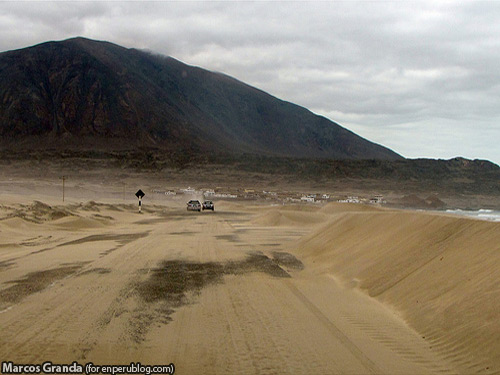
"Outside Tanaka the ocean windows blow sand across the highway. It's a constant battle between man and nature" – Marcos GP
According to Julieta de la Torre, tour guide in the area, “the wind direction in Tanaka means that beach-goers can enjoy the beach up to 10am and after 4pm”. During the time between you can bathe in crystal clear rock pools found there.
Continuing the journey, another two alternatives to stop off at are Silaca at 596km and Jihuay at 601km. The first serves as a resort for the people of Jihuay, the neighbouring village to the north east. Parking in front of the modest buildings you must carefully climb down a slope to the natural pools formed in the rocks by the sea. Jihuay however does have a beach, a sandy beach untouched in it’s natural state. To get to either site you must divert slightly off the main highway, and drive down a gully on a dirt road. For this, it’s best to go with someone who knows the area.
Here I’ll stay…
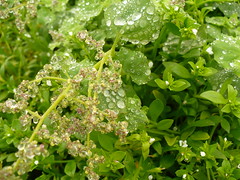
Desert greenery
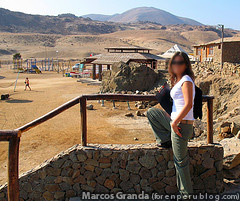 One of the main attractions at this time of year are the lomas. Like the lomas closer to Lima, these desert hills are kept green by mist and rain from the ocean. Locals state that the area hasn’t been as colourful since the El Niño phenomenon last hit in 1997.
One of the main attractions at this time of year are the lomas. Like the lomas closer to Lima, these desert hills are kept green by mist and rain from the ocean. Locals state that the area hasn’t been as colourful since the El Niño phenomenon last hit in 1997.
Exploring them before descending down La Waca gully, we arrive at hotel Puerto Inka (610km), located in front of the beach of the same name. Incredibly calm and quiet, here your only mission will be to enjoy the great climate and swim in the clear waters.
 The perfect disconnect, the hotel is so far away from civilisation, there is no phone signal, no TV signal and no internet.
The perfect disconnect, the hotel is so far away from civilisation, there is no phone signal, no TV signal and no internet.
The installations are rustic, but comfortable. The restaurant-bar, the Inka Salon, is also a night club and conference room, and there’s also a pool, a beach volleyball court and games for children. As well as rooms, there’s also an area for camping.
Plan B
If you’re looking for more action you can enjoy some of the other activities and excursions offered by the hotel. You can walk to the Playa Chico, a beach characterised by its black sand that possesses a high level of magnetic iron that they say has a relaxing effect when you bury yourself in it.
You can also hire kayaks per hour (S/.15) or jet skis (S/.160). Those who like to fish should know that the hotel has a boat for hire that comes with a captain – though you must bring your own fishing gear. Whatever you catch can be cooked at the hotel by a chef for S/.8.
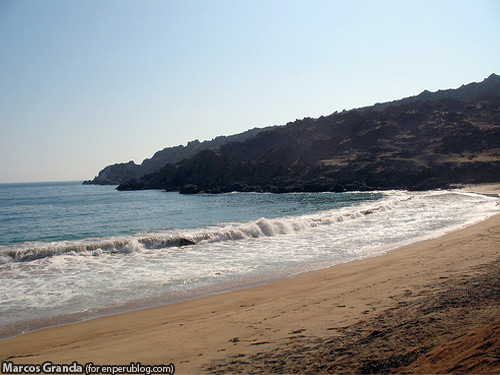
Puerto Inka
As it get later, and cooler, we can visit the archaeological site of Quebrada de la Waca at the southern end of Puerto Inka, a settlement both Inca and pre-Inca.
Marco Antonio Bedoya, hotel guide, explains “the pre-Colombian inhabitants here dedicated themselves to extracting resources from the sea for Cusco”. For doing this, apart from the many homes we see, are a number of colcas (deposits) for storage of items such as salted fish to later be hauled to the nobles of Cusco. Also found is a sacrificial platform and what is said to be the throne of the emperor. The whole excursion takes around 60 minutes.
Another route takes us to the “cave of penguins”. To get there requires a 45 minute trek through the previously mentioned lomas north of Puerto Inka, the best time to do so being around 5am when the birds are better appreciated. As well as picture postcard views, on the way toy can see the sea rock formation known as The Portal.
Getting there
Obviously, the best way is by private transport considering that nearby towns are not easy to get to and from and there is little or no public transport. It would be best to go in 4×4 if possible, as you will need to enter into areas of uneven dirt roads.
If driving 600km on a highway doesn’t sound like a good time to you, another option would be to contact an agency that offers excursions to the area.
The hotel at Puerto Inka costs between S/.100 and S/.200 ($35-$70)per room per night. If you are looking for something more private, try isolated Jihuay, where you can rent comfortable homes on the beach for 8-12 people for $100 to $200 per day.
Tags: arequipa, beach, caraveli, incas, jihuay, puerto inka, ruins, silaca, tanaka



